Structural Engineering is one of the important Domain of Civil Engineering without which a project will be incomplete. Structural Analysis deals with the analysis and design of structures, how bones are important to human body for a certain shape same way a Structural Engineer will design the inner core of any building. Structural Engineering. Applied Physics Laws and Empirical Knowledge of different materials and geometrics constitutes the theory of Structural Engineering. The structural designs given by the structural engineer are integrated with other professionals such as architects and service engineer of buildings. Structural Engineering solutions varies from simple concepts to the most complex solutions. Eiffel Tower in Paris is considered as a historical achievement in the field of structural engineering.
Structural Engineering may be subdivided into few more categories
- Earthquake Engineering
- Wind Engineering
- Tower Engineering
Brief Historic Timeline of Structural Engineering
- 1638 –Galileo published the book “Two New Sciences” where he examined the failure of simple structures.
- 1660 –Robert Hooke stated Hooke’s Law
- 1750 –Euler Bernoulli beam equation came into existence
- 1783 –Theory of Buckling of Columns was developed by Leonhard Euler
- 1826 –Claude Louis Navier published elastic behavior of structures
- 1874 –Otto Mohr put forward the idea of Statically Indeterminate Structures
- 1922 – Euler Bernoulli beam equation was corrected by Timoshenko
- 1936 –Innovation in the analysis of Continuous Frames that is Moment Distribution Method was given by Hardy Cross
- 1956 –J. Turner, R. W. Clough, H. C. Martin, and L. J. Topp’s paper on the “Stiffness and Deflection of Complex Structures” introduces the name “finite-element method” and is widely recognized as the first comprehensive treatment of the method as it is known today.
Structural Engineering is the most sought field to pursue Masters after completing the graduation in Civil Engineering. Now, in the world of softwares, Structural Engineering is becoming somewhat easy to analyse the structures provided the structural engineer is well versed with the basics otherwise softwares gives the value for any input called “Garbage IN Garbage OUT”
Prof. Abhijeet Baikerikar
Founder, All About Civil Engineering



